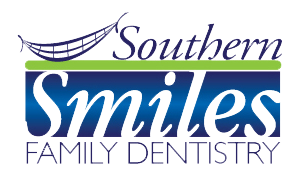Dental X-Rays
Dental problems often go undetected because they remain hidden within the teeth and bones of the mouth. X-rays identify these unseen developments. In addition to visually identifying cavities, X-rays can detect trauma to the teeth and bones, show impacted teeth, and illuminate signs of periodontal or bone disease. X-rays are an inexpensive and relatively harmless way to detect dental problems before they result in serious and potentially costly conditions or diseases down the road.
How X-rays work:
When a patient needs an X-ray, the dentist inserts a photographic film card into the mouth at the location where the X-ray is taken. When the X-ray is filmed, a majority of the rays are absorbed by the hard parts of the mouth, namely the teeth and jawbone. These show up on a radiograph (an X-ray film that shows the results), which displays any areas of concern that need to be addressed.
Types of X-rays:
There are three main types of X-rays: bitewing, periapical, and panoramic. Bitewing X-rays can detect any decay that is occurring in between teeth. Periapical X-rays identify the structure of the jaw, the roots of a particular tooth, and the formation of abscesses. Panoramic X-rays provide a full shot of a patient’s mouth. This type of X-ray allows the dentist to get an overall sense of the tooth and bone structure. Panoramic X-rays are ill-suited for pinpointing minute conditions of individual teeth. Every 3-5 years, a dentist takes a complete set of X-rays in order to get a detailed visual picture of a patient’s mouth. This usually consists of approximately 18 films.
Health Concerns:
Because X-rays do contain a small amount of radioactive material, patients often worry about this exposure. Fortunately, X-rays are taken with high-speed film that minimizes a patient’s exposure to this radiation. Combine this with a lead apron and the high-tech equipment used by today’s dentists, and patients have little cause for worry. In fact, normal dental X-rays are safer than allowing existing problems in the mouth, such as cavities or impacted teeth, to persist. Children typically need more X-rays than adults because of the growth and changes occurring in their mouths. Despite their low risk, parents should monitor how often their children have X-rays taken.
